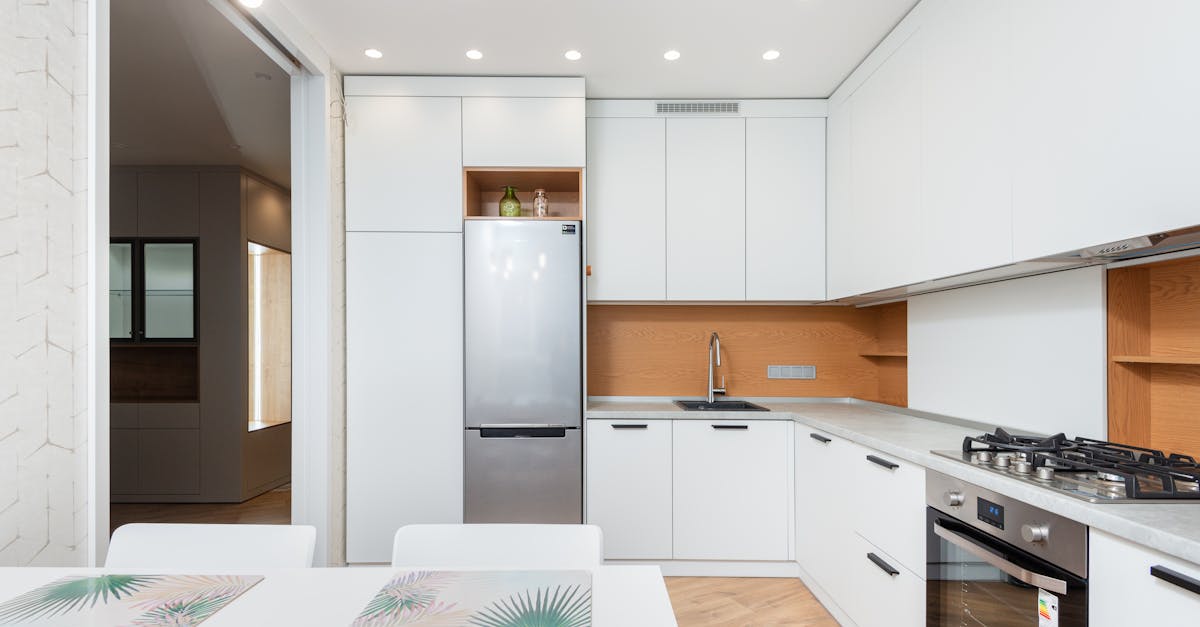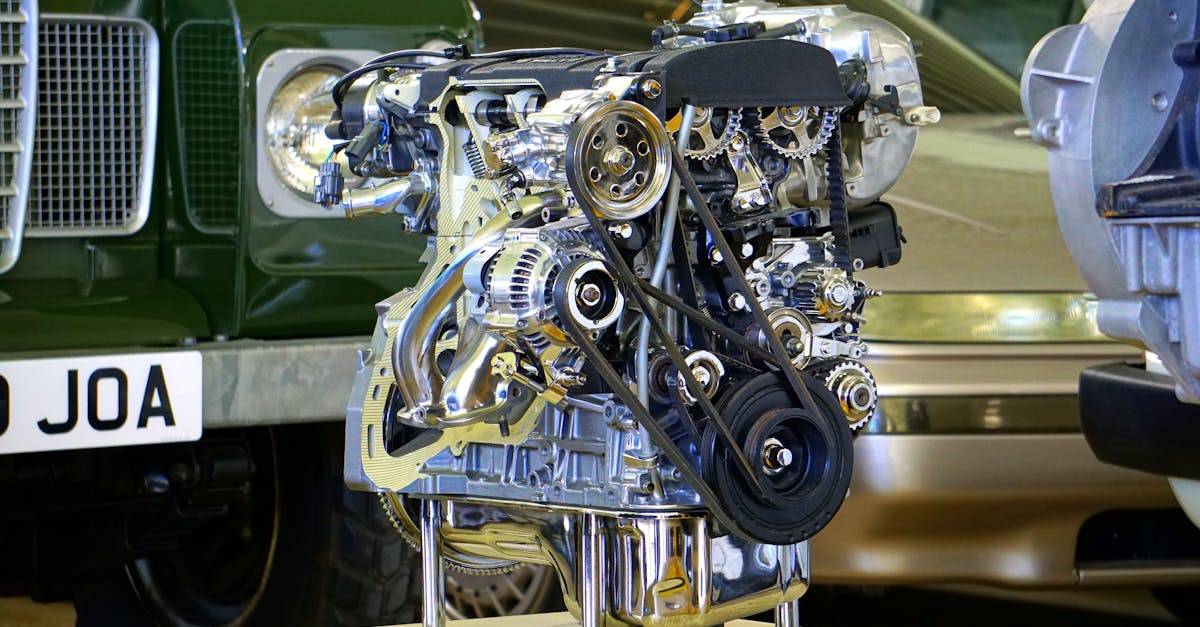
Table Of Contents
Backflow Prevention in Australian Standards
Backflow prevention in Australian Standards is a crucial measure to safeguard potable water quality. These standards are set in place to ensure that water supplied for domestic, commercial, and industrial use remains uncontaminated. Backflow prevention devices are mandated in various settings to prevent the reverse flow of non-potable water, chemicals, or other contaminants back into the public water system.
Australian Standards outline specific requirements for backflow prevention to maintain the integrity of the water supply system. Backflow prevention in Victoria, as in other states, is essential for protecting public health and preventing waterborne diseases. Compliance with these standards is vital to ensure that both residential and commercial properties are equipped with the necessary mechanisms to prevent backflow incidents.
Compliance with Australian Backflow Prevention Standards
Compliance with Australian Backflow Prevention Standards is crucial for maintaining the safety and integrity of water supply systems across the country. Backflow prevention in Victoria, as outlined in the relevant standards, is designed to safeguard against the contamination of potable water by ensuring that water flows in the intended direction. By adhering to these regulations, water authorities, plumbers, and property owners can collectively contribute to the protection of public health and the environment.
In the state of Victoria, strict adherence to backflow prevention standards is not only a legal requirement but also a moral responsibility to uphold the welfare of the community. Property owners and managers must work closely with certified professionals to install and maintain backflow prevention devices that comply with the specified Australian standards. Periodic inspections and testing are essential to verify the efficacy of these measures and to promptly address any issues that may compromise the integrity of the water supply system.
Backflow Prevention for Residential Properties
Backflow prevention in Berwick, Victoria is a crucial aspect to consider for residential properties. Ensuring that contaminated water does not flow back into the clean water supply is essential for maintaining a safe and healthy living environment. Homeowners in Berwick need to be aware of the Australian backflow prevention standards and take necessary measures to comply with them to protect the water quality in their homes.
There are various backflow prevention solutions available for homeowners in Berwick. Installing backflow prevention devices such as check valves and backflow prevention assemblies can help prevent water contamination. Regular inspections and maintenance of these devices are also essential to ensure they are functioning properly. Consulting with a licensed plumber in Berwick can provide homeowners with expert advice on the best backflow prevention strategies for their residential properties.
Backflow Prevention Solutions for Homeowners
Backflow prevention in Narre Warren South, Victoria is a crucial consideration for homeowners. As part of responsible water management practices, installing suitable backflow prevention devices in residential properties is essential. Homeowners should be aware of the potential risks associated with backflow occurrences, where contaminated water can flow back into the main water supply due to a change in pressure. Therefore, implementing reliable backflow prevention solutions is fundamental to safeguarding the quality of the drinking water supply within the household.
To ensure effective backflow prevention in Narre Warren South, Victoria, homeowners can engage qualified plumbers to assess their plumbing systems and recommend appropriate backflow prevention measures. These may involve the installation of backflow prevention devices such as backflow valves or pressure vacuum breakers. Regular maintenance and testing of these devices are vital to guarantee their functionality and compliance with Australian backflow prevention standards. By taking proactive steps to address backflow risks, homeowners can contribute to maintaining the integrity of the local water supply and protecting the health and safety of their families.
Backflow Prevention for Commercial Buildings
Commercial buildings, especially in densely populated areas like Berwick, Victoria, must adhere to stringent backflow prevention measures. The potential risks associated with backflow make it imperative for businesses to prioritize proper prevention strategies. Backflow prevention devices are crucial in maintaining the integrity of the water supply and safeguarding against contamination. With the complex infrastructure of commercial buildings, the installation of high-quality backflow prevention systems becomes essential to mitigate any potential hazards.
Business owners in Berwick, Victoria, should seek professional assistance in selecting the most appropriate backflow prevention solutions for their commercial properties. Regular maintenance and testing of backflow prevention devices are vital to ensure their effectiveness and compliance with Australian standards. Implementing thorough backflow prevention measures not only upholds regulatory requirements but also sustains a safe and hygienic water supply for employees, customers, and the surrounding community.
Backflow Prevention Strategies for Businesses
Backflow prevention in Victoria is crucial for businesses to ensure the safety of their water supply. Businesses must implement stringent backflow prevention strategies to comply with Australian standards and protect against potential contamination of the potable water system. Regular maintenance, testing, and installation of backflow prevention devices are essential for businesses to uphold the integrity of their water supply systems.
Business owners in Victoria should undertake a comprehensive risk assessment to identify potential backflow hazards on their premises. Implementing a backflow prevention plan tailored to the specific needs of the business is paramount. Training staff members on backflow prevention measures and conducting regular audits are fundamental steps in safeguarding the water quality within commercial buildings. Additionally, engaging certified professionals to assess, install, and maintain backflow prevention devices can significantly reduce the risk of water contamination and ensure compliance with Australian backflow prevention standards.
FAQS
What is backflow prevention?
Backflow prevention refers to the measures taken to prevent the reverse flow of contaminated water into the clean water supply system.
Why is backflow prevention important?
Backflow prevention is important to protect the quality of our drinking water from potential contamination by ensuring that water flows in only one direction.
Who is responsible for ensuring backflow prevention?
In Australia, property owners are generally responsible for ensuring backflow prevention measures are in place and maintained to comply with Australian standards.
What are some common backflow prevention devices?
Common backflow prevention devices include double-check valves, reduced pressure zone devices, and air gaps, which are installed to prevent backflow in different types of water systems.
How can I ensure that my property is compliant with Australian backflow prevention standards?
To ensure compliance, property owners should have a licensed plumber assess their water systems, recommend appropriate backflow prevention measures, and regularly test and maintain the installed devices.





